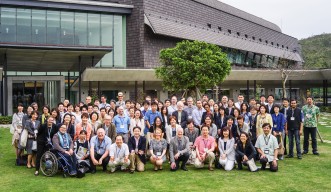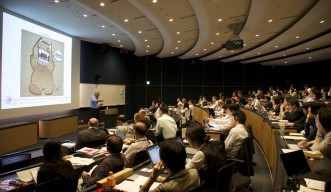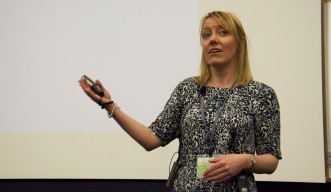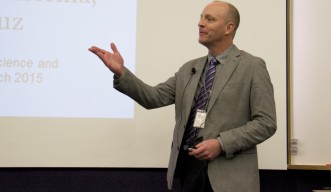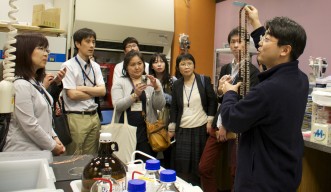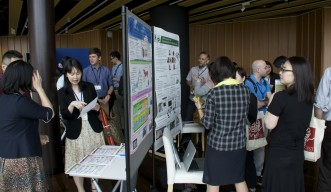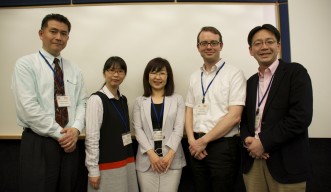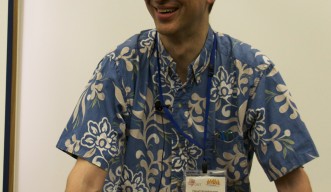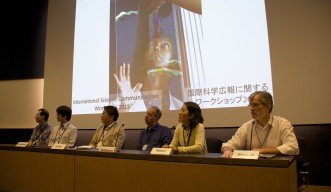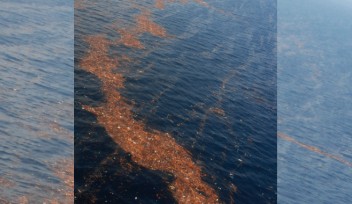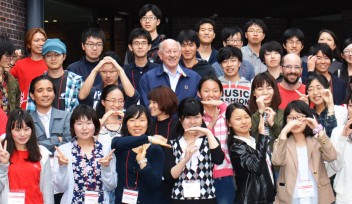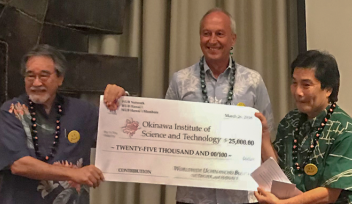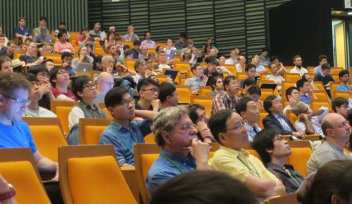Transforming Japanese Science Communication
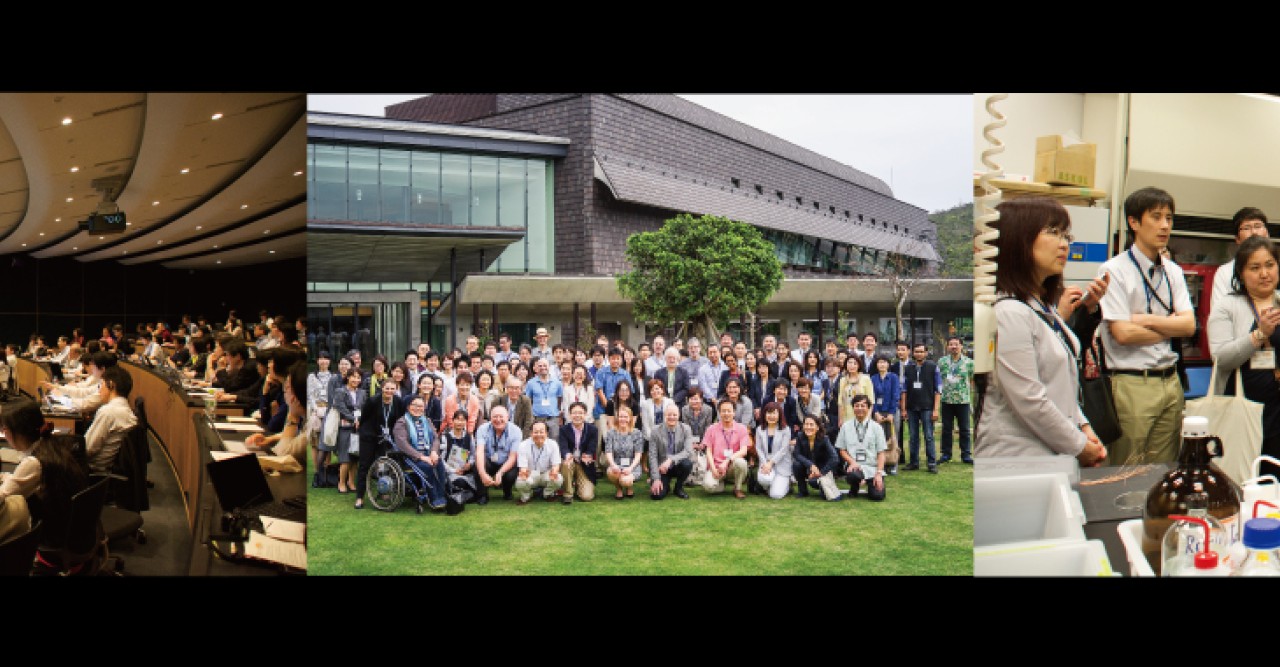
More than 95 science communicators gathered at the Okinawa Institute of Science and Technology Graduate University (OIST) on March 19 - 20 to chart a new course for boosting international media coverage of Japanese science.
The International Science Communication Workshop 2015 brought representatives from Japanese universities, scientific institutes and government agencies together with Western media experts. For two days, the group discussed strategies for publicizing Japanese science stories to the world in English.
“This was the best combination of science communicators that Japan has ever seen,” said David Hajime Kornhauser, senior research administrator at Kyoto University. “We now have a vision for future international media relations that will break existing models.”
While Japan has a substantial amount of domestic science coverage, its research advances are largely ignored by the international press. Workshop participants agreed the key reason is this: few Japanese universities and institutes publish timely information about research advances in English, the primary language of science and the international media.
“This is the third largest economy in the world. It does great science, but it’s not being seen,” said Neil Calder, vice president of communications at OIST. “Together, we can fix this easily.
The group agreed to collaboratively cultivate English science communication skills and efforts, recognizing the vital role such outreach plays in building Japanese institutions’ international reputation. Many acknowledged it will take time to convince their managers that English communication is necessary if Japan is going to attract the best minds in the world to its laboratories.
“If some universities can start and others see them being successful, getting the funding and good students, then it will catch on,” said Motoko Kakubayashi, international officer at the Science Media Centre of Japan.
Currently, only a few Japanese universities and institutions have centralized press offices with dedicated science writers. Press releases often fall to research administrators and other administrative staff, who have not been trained in communications. In their presentations at the workshop, Japanese research administrators and press officers shared their experiences publishing English press releases, and how they differ in style and content from Japanese press releases.
Robert Irion, the director of the science communication program at University of California, Santa Cruz, explained how he trains scientists to become science writers, which is an emerging concept in Japan. He noted universities and research institutions are playing an ever-larger role in public science outreach in the U.S.
“All of them hire science writers,” he said. “There are just no exceptions to this rule.”
Other western science media experts, including Dennis Normile, a long-time Asia correspondent for Science and Valerie Jamieson, the editorial content director for New Scientist, shared how they cover science news and what journalists are looking for in good science stories.
“We have to be informative and entertaining,” Jamieson said. “‘Entertaining’ is not a bad word in science communication.”
As a first step towards shifting the science communication culture of Japan, the group pledged to gather twice a year to exchange ideas and best practices, and address questions and challenges. OIST also offered to host a hands-on bootcamp this summer to practice writing science press releases and stories in English.
While noting change will be a challenge, many left optimistic.
“The conference was amazing,” said Saeko Okada, who heads the press office of the High Energy Accelerator Research Organization (KEK) and chairs the Japan Association of Communication for Science and Technology, which co-hosted the workshop with OIST. “We are very eager to work together to promote Japanese science.”
By Laura Petersen
For press inquires, please contact media@oist.jp.
For press enquiries:
Press Inquiry Form
